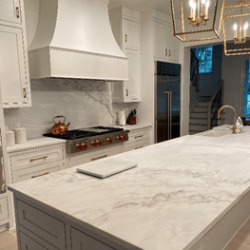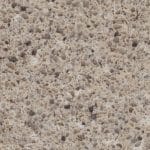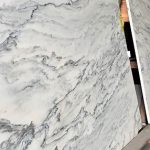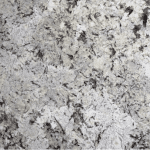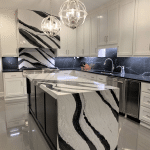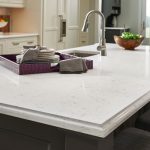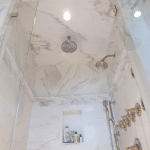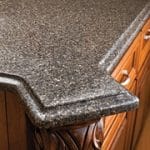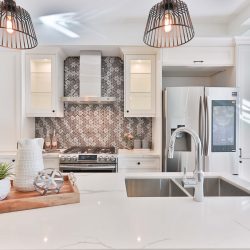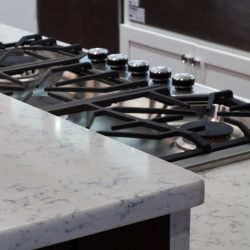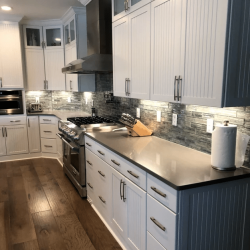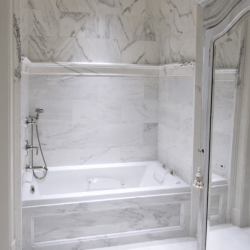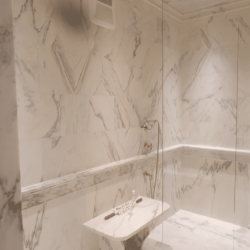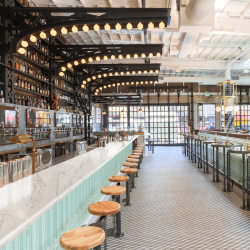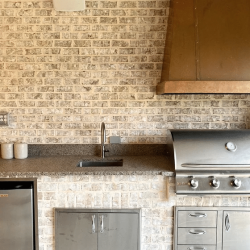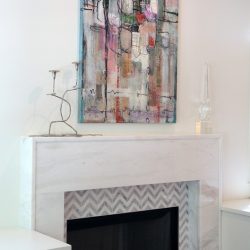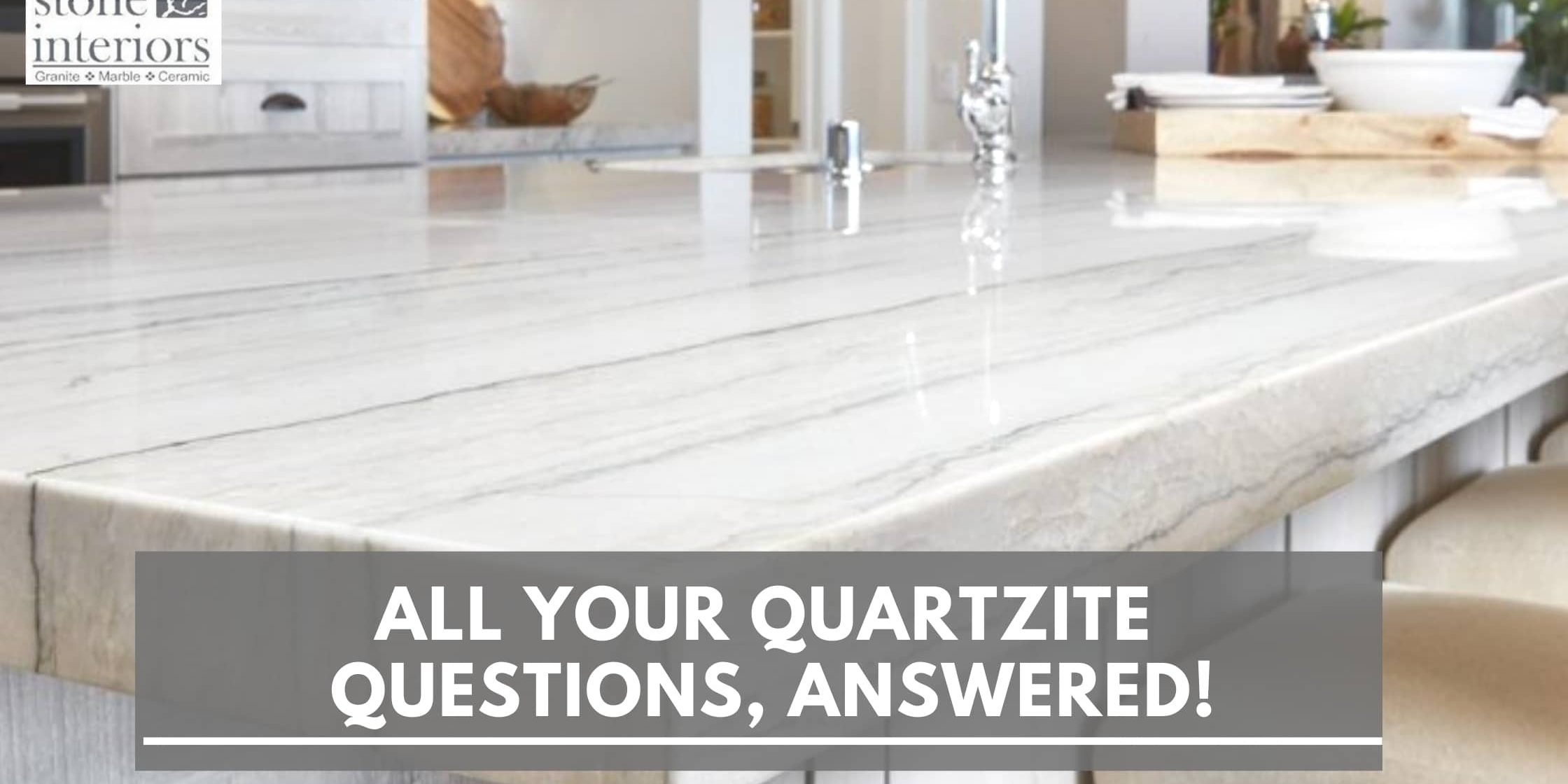Quartzite has quickly risen from obscurity to become one of the most popular surfaces for homeowners. And for good reason: it’s a natural stone that resists scratching and chipping. It can even be found in a variety of beautiful shades that resemble marble (an ever-popular but higher maintenance option).
So what makes quartzite different? We’ll break down why quartzite is such a durable material for your home, and what makes it unique from other stones.
Quartzite Basics
Allow us to introduce you. Quartzite is:
-
A 100% natural stone.
-
Frequently used for residential countertops and vanities.
-
The result of quartz sandstone that has been transformed into a very hard material after undergoing extreme heat and pressure related to tectonic compression
-
Not the same as quartz (more on this later!)
Why It’s Different
Quartzite is very hard – which makes it an ideal work surface, but also harder to mine. For that reason, it’s traditionally been quarried less than softer stones like sandstone and granite. But as technology improves, we’re better able to collect this beautiful stone safely, and use it for residential and commercial applications.
Quartzite is known for being hard and durable. Conveniently, it also perfectly fits in with today’s interior design trends, as it frequently comes in white and cream tones. It’s easy to care for, and as long as it’s sealed after installation, can make for a very long-lasting and visually striking countertop or kitchen island.
But how does it stack up with better-known surface materials?
-
Quartz vs. quartzite
They share a similar name, but quartz and quartzite are two very different materials. The quartz used for countertops is actually a man-made product: it’s partly ground quartz stone, but is also made up of engineered binding resins. Quartzite, on the other hand, is 100% natural.
Aesthetically, this means that engineered quartz slabs tend to have consistent veining throughout. It can be found in an endless array of colors, from those that mimic natural tones to vibrant reds and blues.
In contrast, quartzite slabs are a product of nature: each one is entirely unique, with its own veining and undertones formed over hundreds of years in the earth. Both engineered quartz and natural quartzite are highly durable surface materials for any home; but for those looking for the beauty of a natural stone, quartzite can’t be matched.

-
Granite vs. quartzite
Both granite and quartzite are natural stones and should be sealed upon installation. They’re long-lasting and easy to clean.
Quartzite, however, is even harder than granite and more resistant to scratches and chips over time. It also tends to have a lighter, more translucent look than most granites, which makes it an appealing option to homeowners who love the appearance of marble, but not the upkeep.

Is Quartzite Worth It?
Quartzite tends to be priced higher than the lowest-cost granite and engineered quartz colors. But for those who are hoping to make a long-term investment in their kitchen or bath, quartzite is one of the best options out there. It’s undeniably one of the most aesthetically beautiful stones, with a unique depth and movement that simply can’t be replicated by machines. And thanks to its durability, you can count on quartzite to look beautiful for decades, with minimal elbow grease on your part.
Our verdict? Quartzite is worth every penny. Natural stone never goes out of style, and a quartzite countertop, island, or vanity will add lasting value to your home.

Quartzite Kitchen Island
Photo by Metropolitan Cabinets & Countertops





